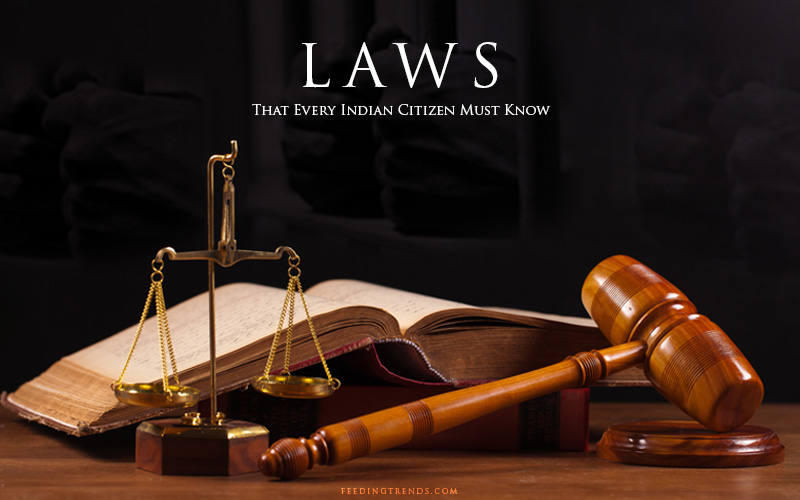
The European invasion of the Americas really began in the sixteenth century with several European nations competing to divide up the new lands among themselves. In justifying their ability to take lands from Indians, to rule Indians, to make slaves of Indians, and to kill Indians, the European formulated a number of laws.
In 1512, the Spanish King Ferdinand promulgated the Laws of Burgos which spelled out how Indians were to be treated. The laws regulated Indian work and conversion.
The following year, King Ferdinand of Spain told Native Americans that God had declared that the Pope rules all people, regardless of their law, sect, or belief. This included Christians, Moors, Jews, Gentiles, or any other sect. He asked that the Native Americans come forward of their own free will to convert to Catholicism or “with the help of God we shall use force against you, declaring war upon you from all sides and with all possible means, and we shall bind you to the yoke of the Church and Their Highnesses; we shall enslave your persons, wives, and sons, sell you or dispose of you as the King sees fit; we shall seize your possessions and harm you as much as we can as disobedient and resisting vassals.”
Furthermore, the Natives who resisted were to be held guilty of all resulting deaths and injuries. In other words, the victims were to be blamed for their own deaths. Killing Indians who refused to convert to Christianity was seen as a part of a “just war.”
The idea of a “just war” was based upon the word of Saint Augustine. Under this concept, a just war was one that was waged to right an injustice or wrong by another nation. One of these wrongs, according to the Christian view, was not being Christian. Thus, if an Indian nation were to fail to let missionaries live and preach among them, then they were committing a “wrong” which would have to be set right through a “just war.”
In 1519, Catholic Bishop Juan de Quevedo declared that Indians were slaves by nature because some people were by nature inferior.
In 1525, Dominican official Tomas Ortiz reported that Indians eat human flesh, engage in sodomy, go naked, and have no respect for love, virginity, or the truth. He said: “It may therefore affirm that God has never created a race more full of vice and composed without the least mixture of kindness or culture.”
In 1526, Spanish King Charles V issued orders concerning the fair treatment of Indians. He ordered that Indians be treated so that “it may be accomplished with no offence to God, without death nor robbery of said Indians and without enslaving them, so that the desire to spread our faith among them be achieved without grieving our consciences.” However, there was also a royal levy of one-half of all looted grave-goods.
In 1529, Pope Clement VI wrote to King Charles of Spain: “We trust that, as long as you are on earth, you will compel and with all zeal cause the barbarian nations to come to the knowledge of God, the maker and founder of all things, not only by edicts of admonitions, but also by force and arms, if needful, in order that their souls may partake of the heavenly kingdom.”
In 1532, Spanish judge Francisco de Vitoria declared that non-Christians can own property and therefore Indians may have title to their land. He also wrote: “The Spaniards have the right to go to the lands of the Indians, dwell there and carry on trade, so long as they do no harm, and they cannot be prevented by the Indians from doing so.”
In 1537, in a papal bull Sublimis Deus, Pope Paul III declared that Indians were not to be enslaved nor were they “to be deprived of their liberty or the possession of their property, even though they be outside of the faith of Jesus Christ.” The Spanish King, however, disagreed with the bull and confiscated all copies of the bull before it could reach the Americas. He then prevailed upon the Pope to revoke the bull.
In 1573, the Spanish King issued “Laws Concerning Discoveries, Pacifications and Settlements Among the Indians” which was an extensive series of laws about exploration, settlement and the treatment of Indians. The new laws did not speak of “conquest,” but rather of the “pacification” of the Indians.
In 1578, Sir Humphrey Gilbert was granted a patent by England to discover and occupy North American lands not occupied by Spain. Under the legal fiction of the Discovery Doctrine, Christian nations could occupy any lands which were not under the rule of a Christian monarch. American Indians, of course, were not consulted and were not seen as having any legal rights.
In 1579, England formally declared that she would not acknowledge the 1493 papal demarcation which gave the Americas to Catholic Spain and Portugal. England, under the law of nations, saw itself free to have colonies in the Americas which were not already inhabited by Christians.
The English Queen Elizabeth I in 1580 claimed a right of discovery for North America based on the voyages of the Irish Saint Brendan in the sixth century and the mythical voyages of Prince Madoc of Wales in 1170.
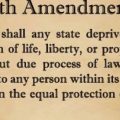
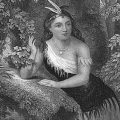
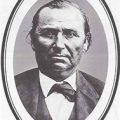
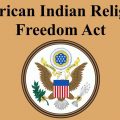
Leave a Reply